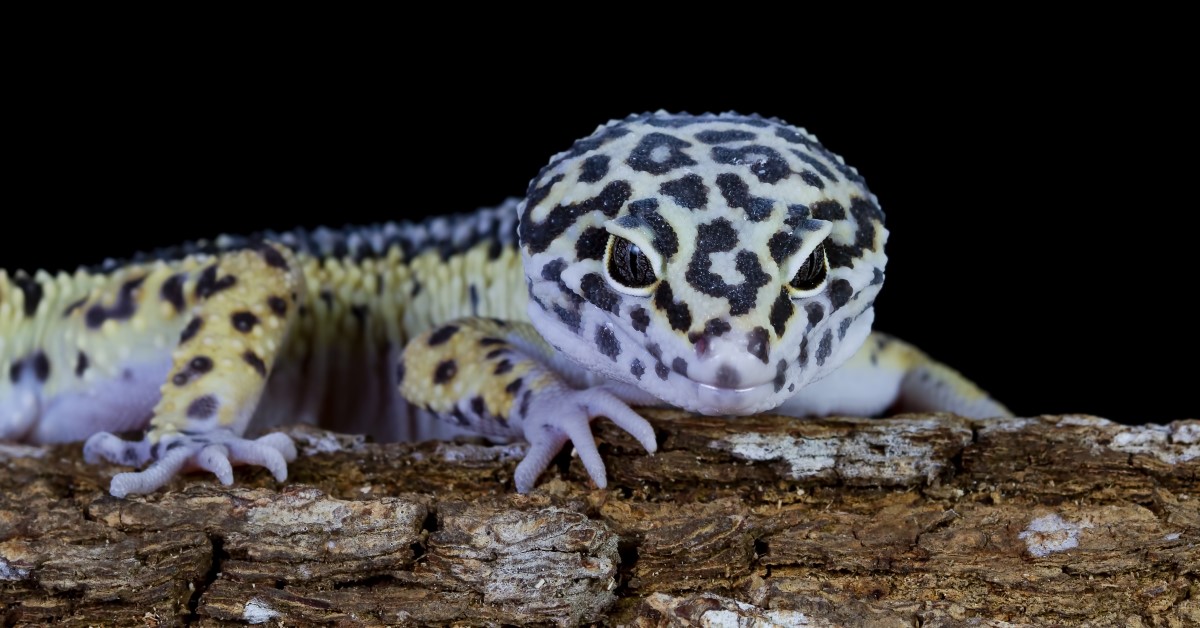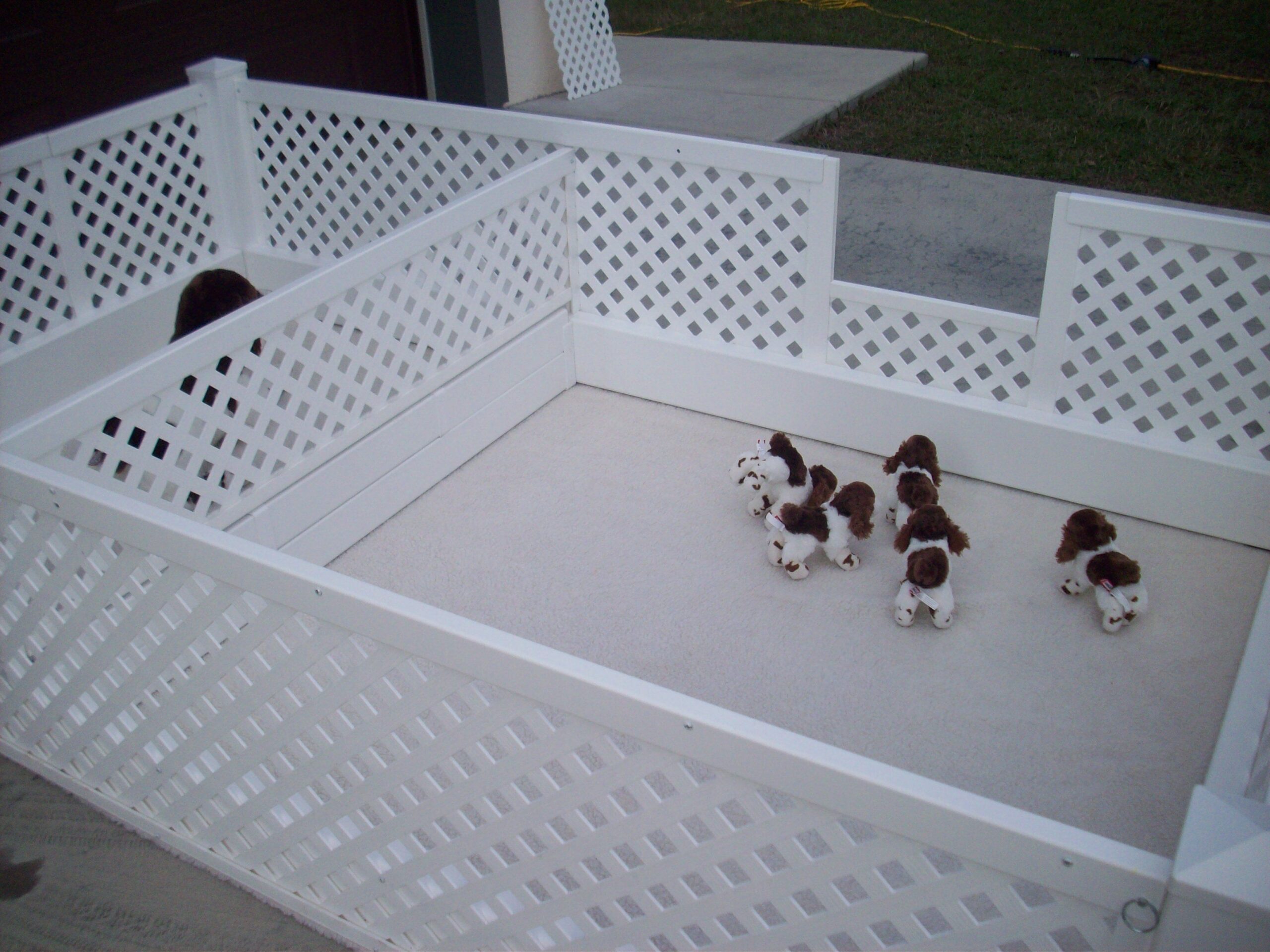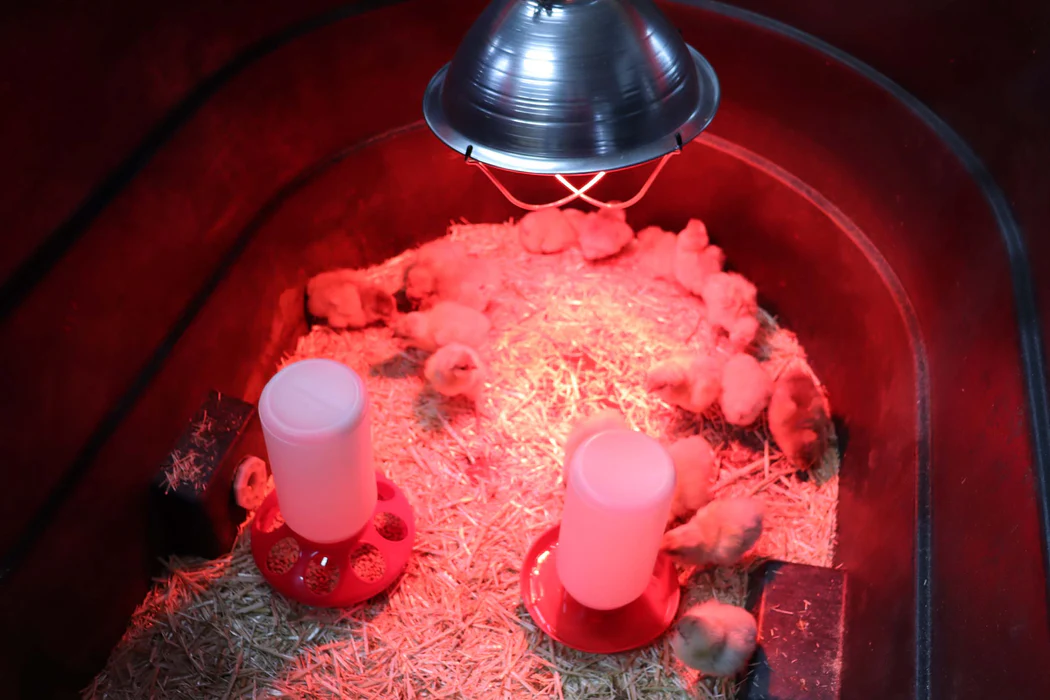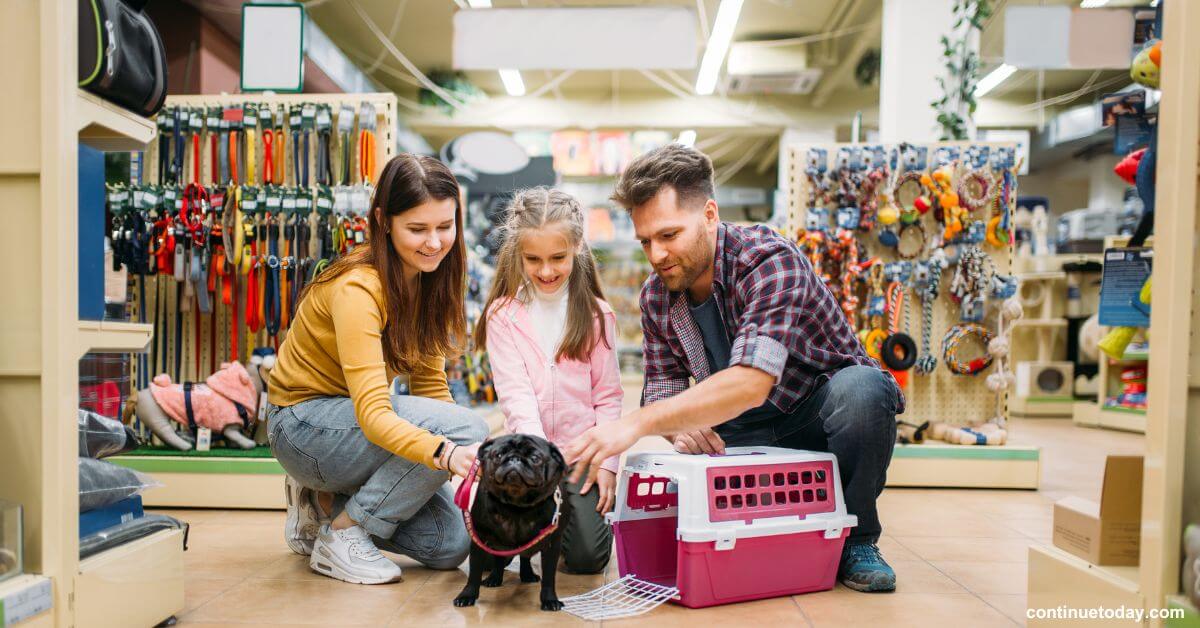How to Set Up the Perfect Reptile Habitat for Beginners

Start with Learning about Your Reptile’s Needs
Every type of reptile has some common needs, and thus your beginning should be learning about what your pet requires. Learn if your reptile is a desert or tropical reptile, ground-dwelling or arboreal, diurnal or nocturnal. These will dictate what the enclosure, light, heat, and humidity are going to need to be for your reptile. Your web, your vet, and experienced reptile paws who have gone before and know can provide blue-chip advice directly applicable to your species.
Select the Appropriate Enclosure
Having some idea of where your reptile is from, choose an enclosure best suited to its way of life. Glass terrariums are ideal because they provide visibility and are ideal for humidity-conditioned animals. PVC whelping box or PVC reptile enclosures in Australia are lightweight but good insulators and long-lasting.
Air-breathing reptiles like chameleons will be easiest to house in the upper enclosures, but floor-dwellers like leopard geckos need more floor area. Always keep in mind your pet’s overall size—new owners overestimate reptile size.
Temperature and Light Control
Reptile enclosures are ectothermic and rely upon the environment to create body heat themselves. Your terrarium needs to have a temperature gradient with a basking area that is warm, as well as a cooler zone. The reptile can then warm its body itself during the daytime. For lighting, all the reptiles need UVB lighting for vitamin D3 production to enable them to absorb calcium and grow bones. Provide a normal day-night cycle of 10–12 hours of light per day using a timer daily.
Monitor Humidity Levels
Humidity is also included in your pet’s welfare and well. Your tropical pet needs more humidity, and hence they use misting, fogging, or a humid-retentive substrate like coconut fiber. Desert creatures need airiness and dryness for the prevention of respiratory disease. A digital hygrometer is utilized in humidity tests. You can modify the substrate, water bowl placement, and airing as per the need of your pet.
Add Hides, Decor, and Enrichment
Bring their world back as natural as possible. Use hides, rocks, branches, and leaves to climb up on top of, sit on, and hide behind. They de-stress, promote natural behavior, and your enclosure is a great enriching experience for your pet and observer. Whatever you spend on adding should be safe and secure so that it will not hurt them. You don’t need to mortgage your house a second time—there are some fairly affordable reptile enclosures in Australia additives sold at pet stores or even homemade.
Use the Proper Kind of Substrate
Bedding will not readily replicate your reptile’s environment. Desert dwellers, for instance, would like sandy alternatives like tile or reptile carpet. They are a cleaner and an improved choice for your reptile than loose sand. Tropical dwellers like water-retentive mixtures of coconut husk, cypress mulch, or soils. Avoid using the substrates that, ingested by young reptiles, cause impaction, loose sand and gravel.
Daily Check and Verification
Consistency is the reptile game. Daily routine temperature and humidity test, disinfect where you have most concentrated waste, water change. Think about replacing UVB light bulbs (every 6–12 months) and deep enclosure cleaning. You will have an adjusted routine for your reptile to thrive long term and keep you safe as a handler. Good equipment such as thermostats, hygrometers, and timers will make it simple to maintain.
Conclusion: Create a Habitat, Create Self-Confidence
Purchasing the ideal PVC reptile enclosure and PVC whelping box or vivarium is to hire out something to be awed at appearance-wise but something that can be made into easy steps within your means and convert the challenge into an affordable hobby endeavor for a newcomer. Having your very own reptile pet and creating a safe, naturalistic environment, you’ll be richly rewarded with a healthy, stable friend. Through persistence and patience, you will be a more confident reptile caretaker—and your snake, turtle, or lizard will pay you back with interesting companionship for many years to come.
Tags



